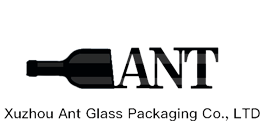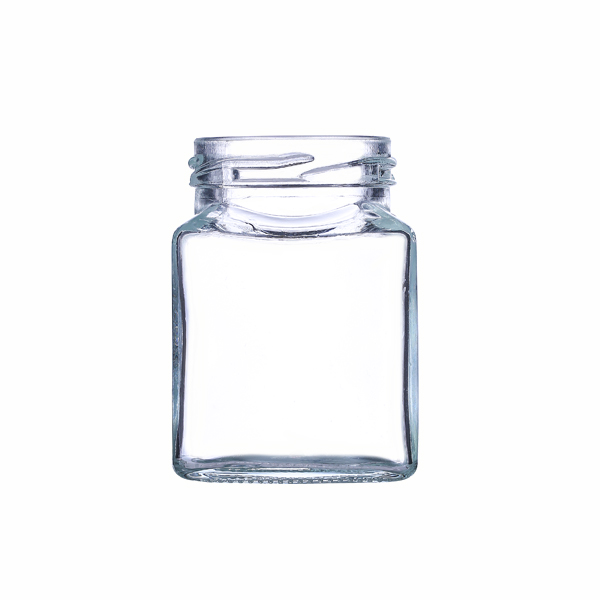Bottle and can glass can effectively cut off the ultraviolet ray, prevent the deterioration of the contents. For example, beer is exposed to blue or green light with a wavelength of less than 550nm and will produce an odor, which is known as solar taste. Wine, sauce and other food will also be affected by ultraviolet light with a quality of less than 250nm. German scholars proposed that visible light’s photochemical action gradually weakens from green light to long wave direction and ends at about 520nm. In other words, 520nm is the critical wavelength, and any light shorter than that will cause the contents of the bottle to be destroyed. As a result, can glass is required to absorb light below 520nm, and brown bottles work best.
When milk is exposed to light, it produces “light taste” and “odor” due to the formation of peroxides and subsequent reactions. Vitamin C and ascorbic acid are also reduced, as are vitamins A, Bg and D. The effect of light on the quality of milk can be avoided if ultraviolet absorption is added to the glass components, which have little effect on the colour and lustre. For bottles and cans containing drugs, 2mm thick glass is required to absorb 98% of the wavelength of 410nm and pass through 72% of the wavelength of 700nm, which can not only prevent the photochemical effect, but also observe the contents of the bottle.
Besides quartz glass, most ordinary sodium-calcium-silicon glass can filter most ultraviolet rays. Sodium-calcium-silicon glass cannot pass through ultraviolet light (200~360nm), but can pass through visible light (360~1000nm), that is to say, ordinary sodium-calcium-silicon glass can absorb most ultraviolet rays.
In order to meet consumer demand for transparency of glass bottles, it is best to make the bottle glass can absorb ultraviolet ray and not make its dark color, add the CeO in composition 2 can meet the requirement. Cerium can exist as Ce 3+ or Ce 4+, both of which produce strong ultraviolet absorption. Japanese patent reports a kind of glass composition containing vanadium oxide 0.01% ~ 1.0%, cerium oxide 0.05% ~ 0.5%. After ultraviolet irradiation, the following reactions occur: Ce3++V3+ – Ce4++V2+
With the extension of irradiation time, the ultraviolet radiation dose increased, V2+ ratio increased, and the glass color deepened. If sake suffers ultraviolet irradiation to be perishable easily, affect transparency with coloured glass bottle, not easy to observe content. Adopt the composition that adds person CeO 2 and V: O:, deposit time is short, suffer ultraviolet irradiation dose to be colorless and transparent when little, but deposit time is long, ultraviolet irradiation dose is excessive, glass discoloration, pass the depth of discoloration, can judge the length of deposit time.
Post time: May-06-2020



